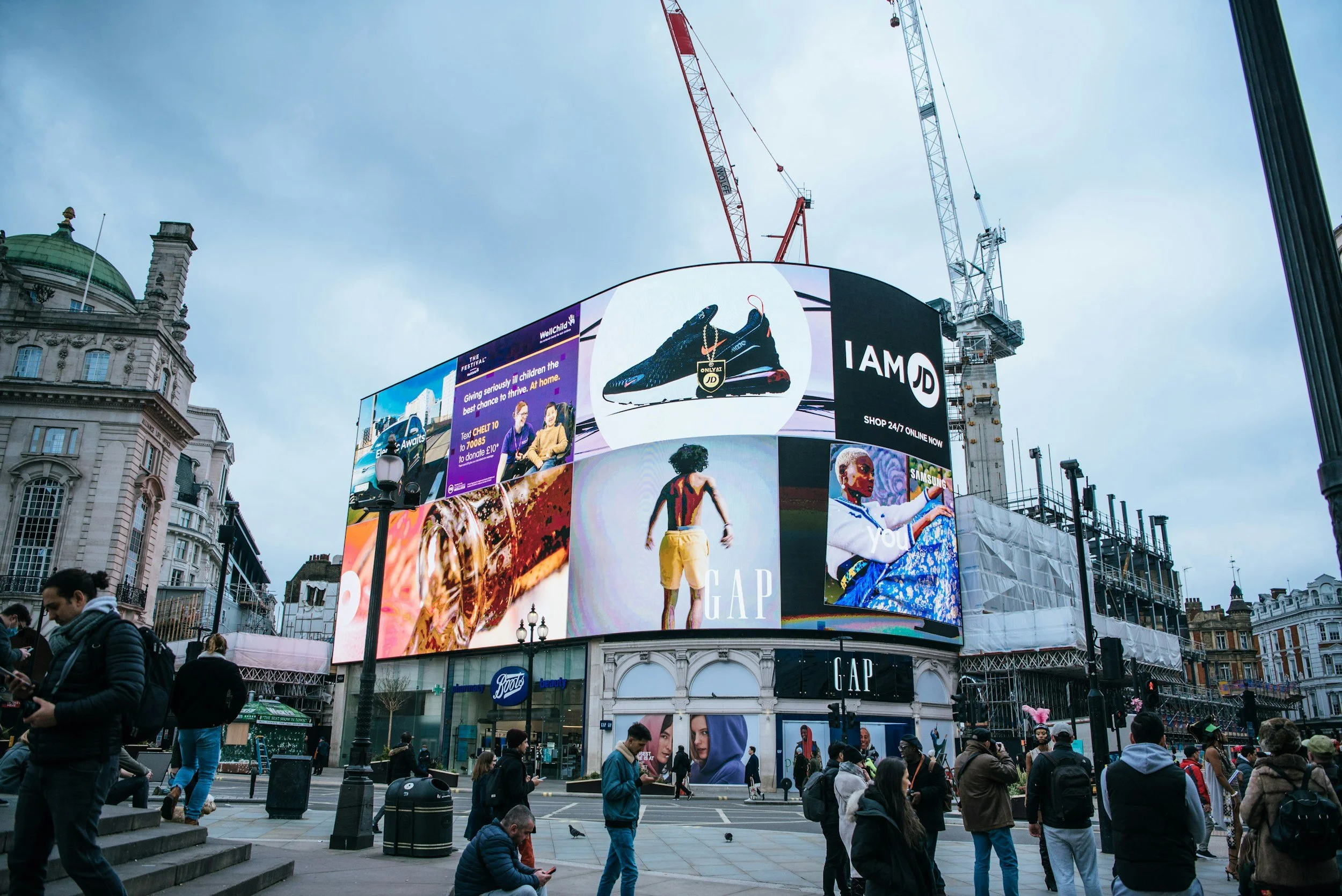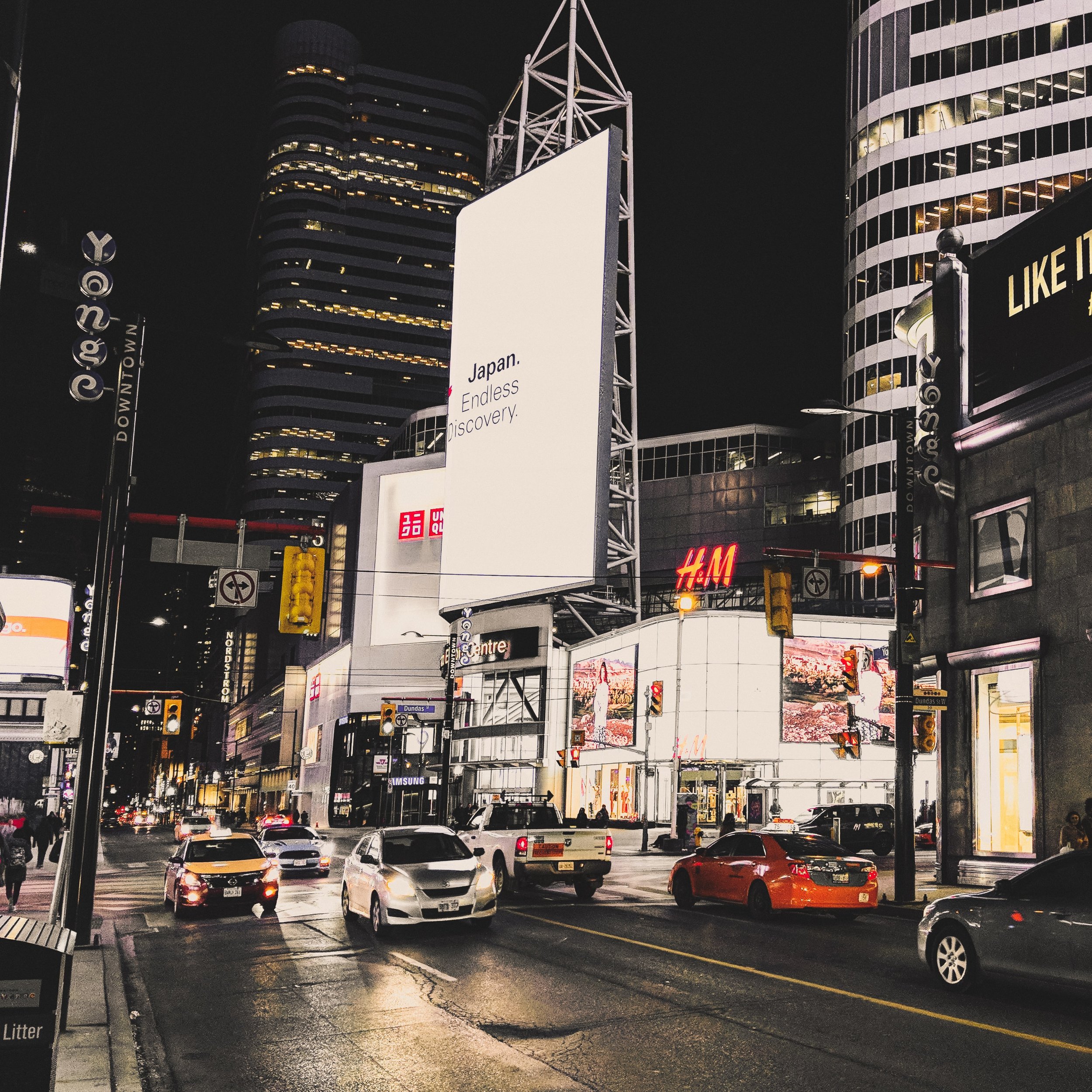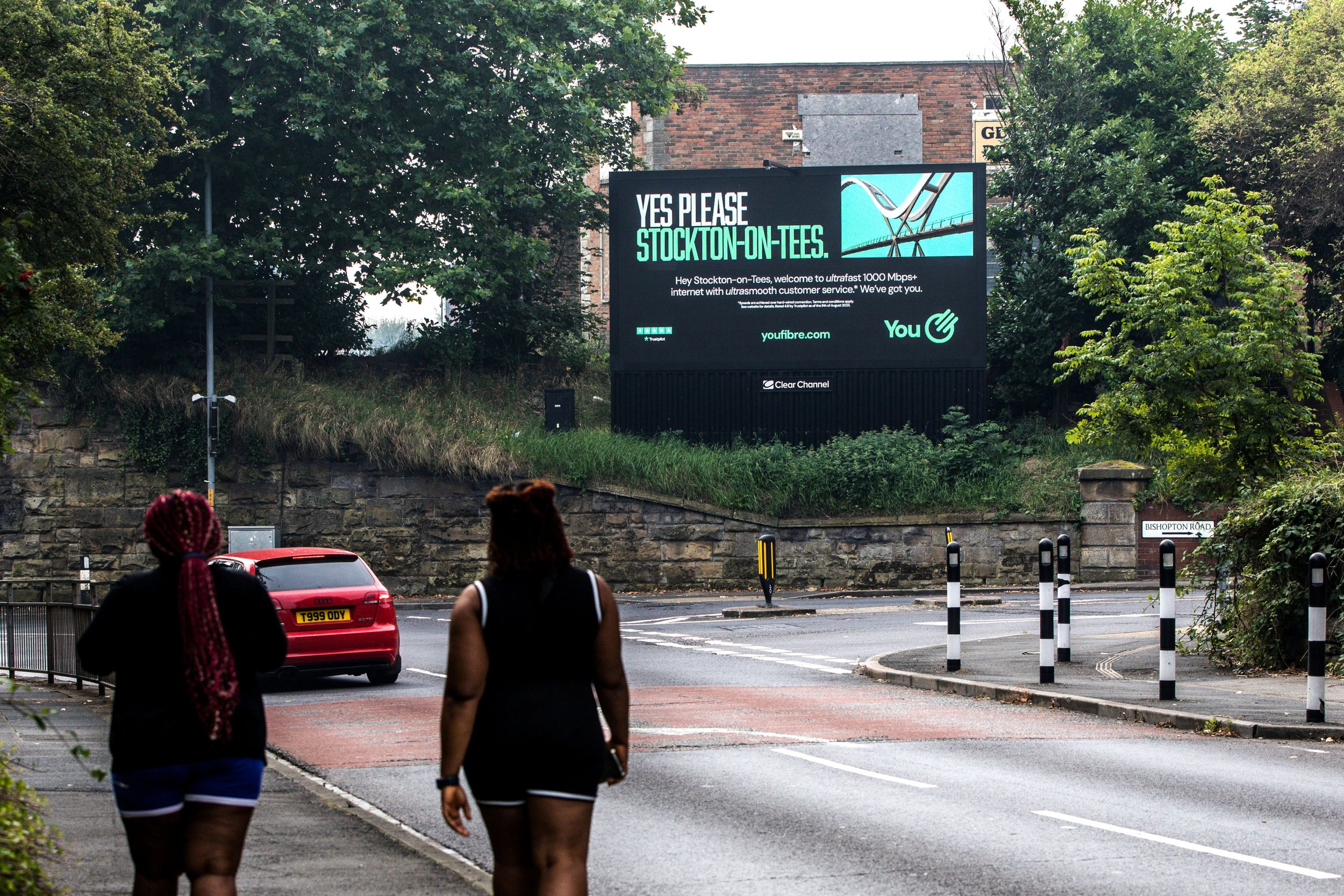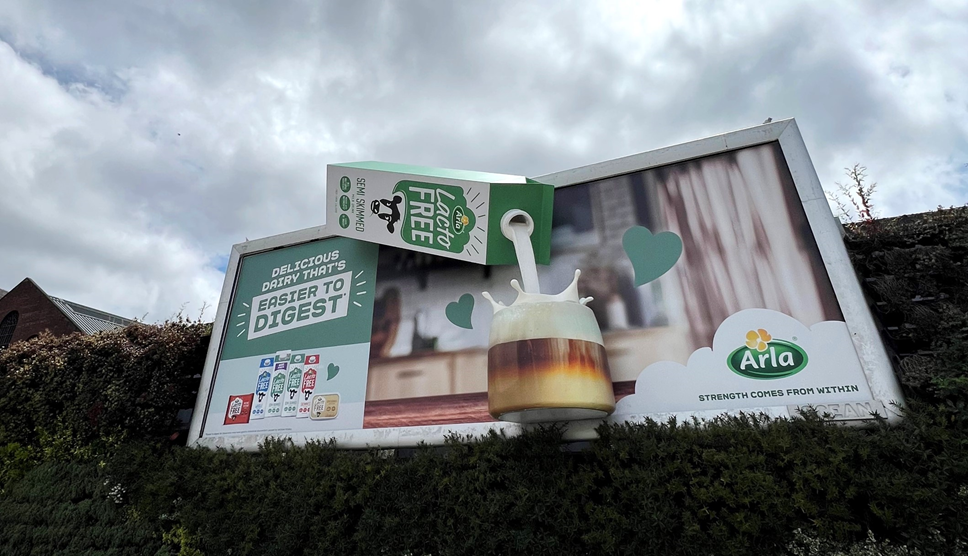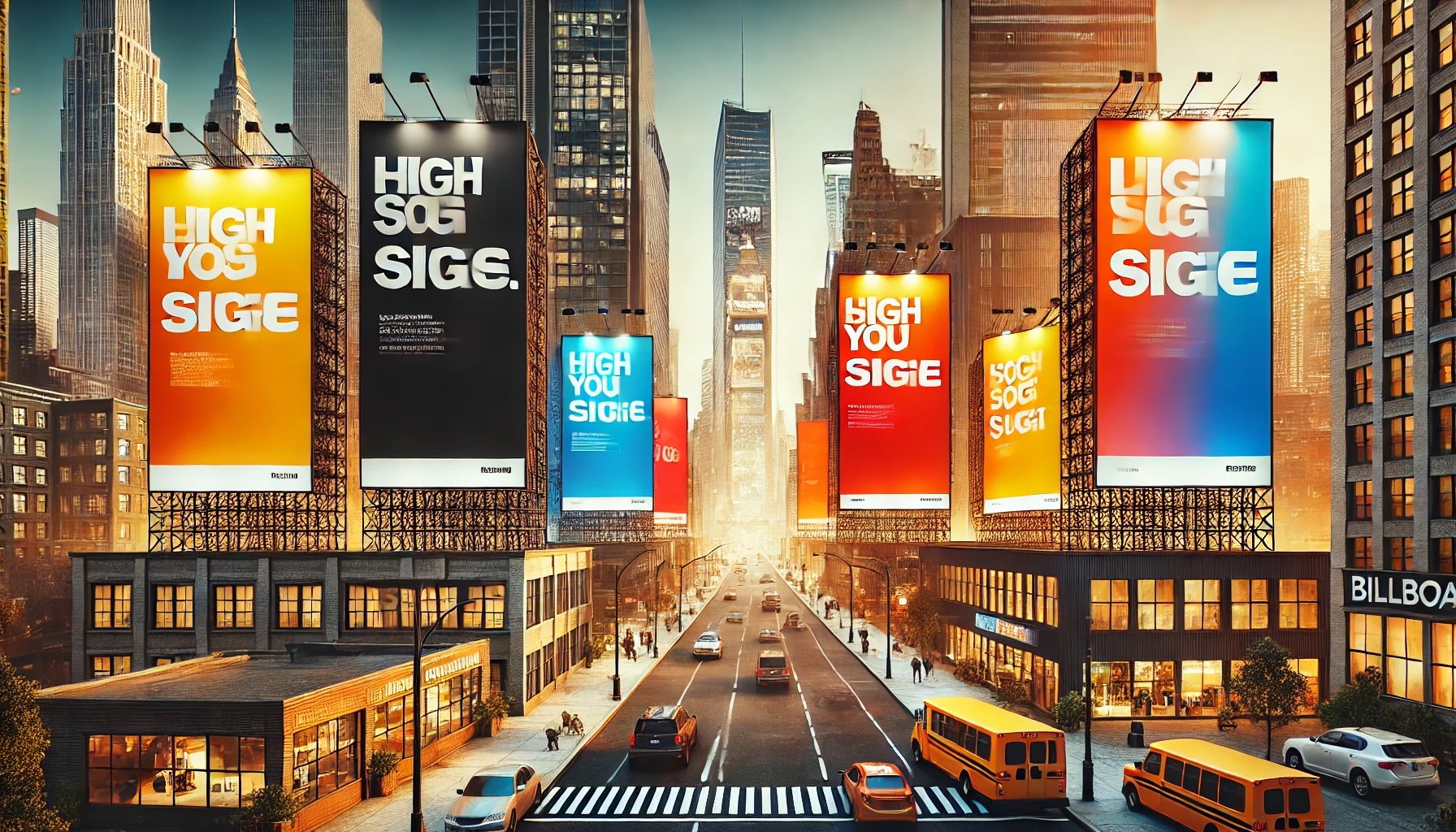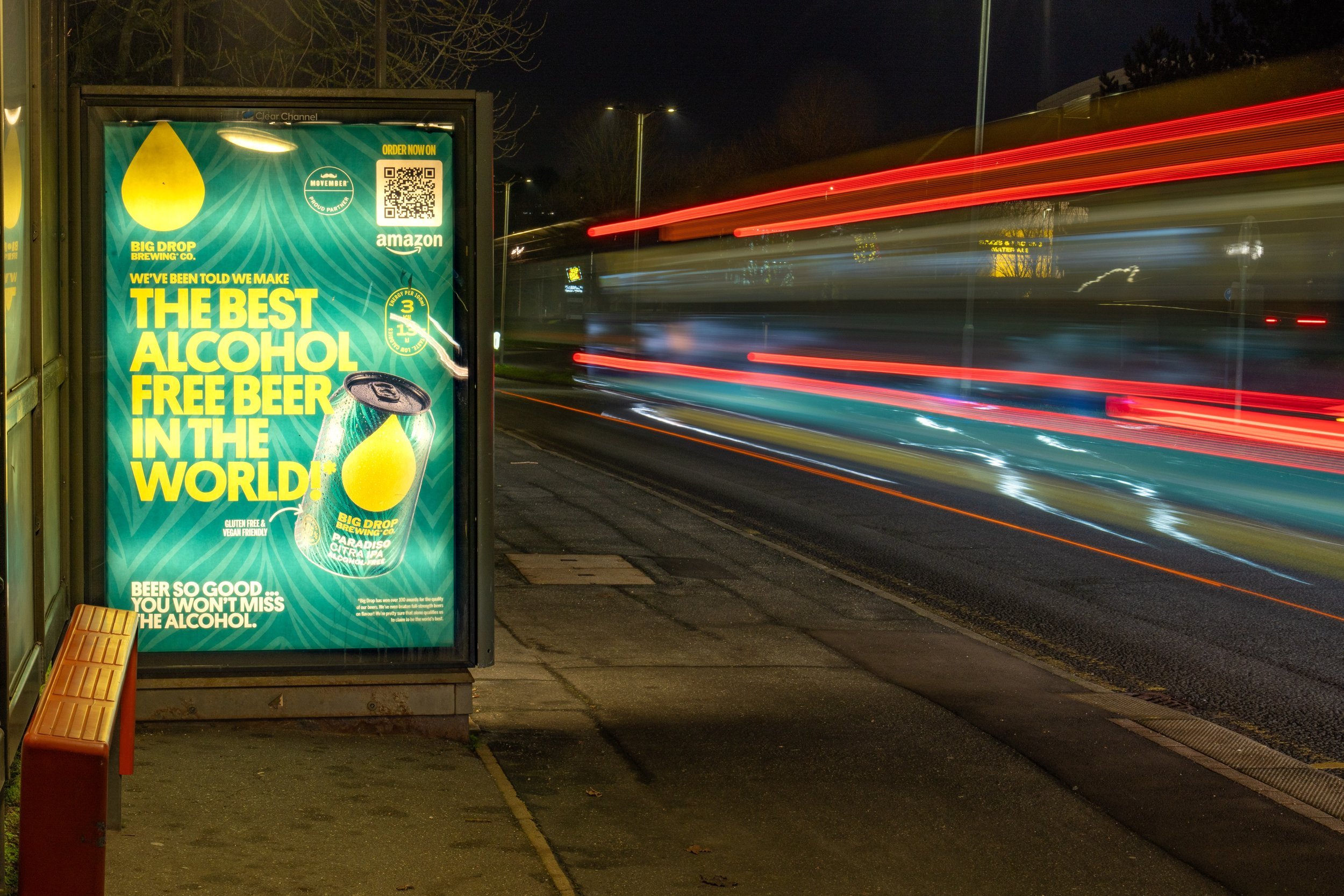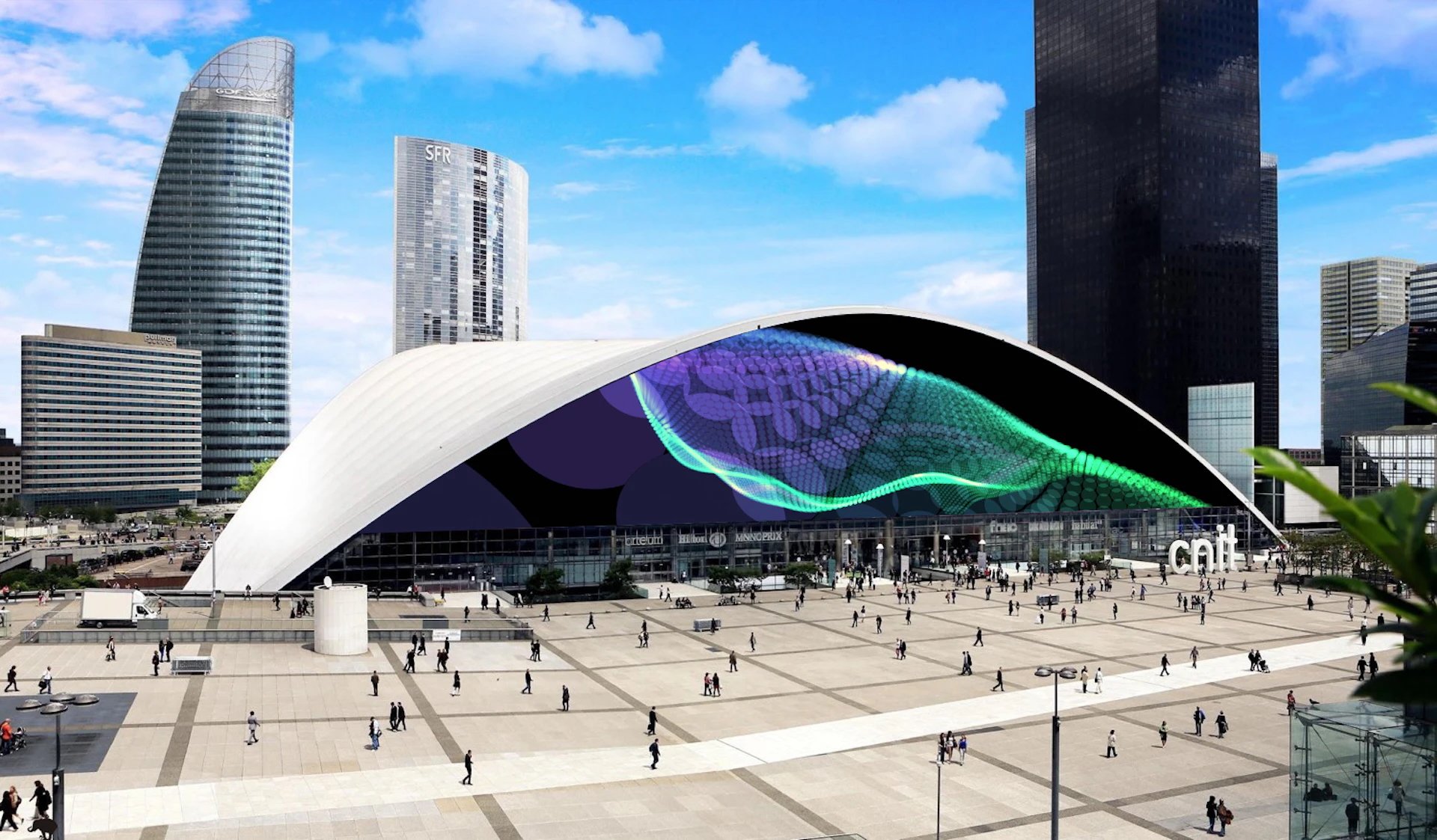The Ultimate Guide to London Underground Advertising
London Underground Advertising - Advert.
Key Takeaways
The Tube delivers unmatched scale and repetition – with millions of journeys every day, ads benefit from high frequency and long dwell times, making it one of the most powerful mass-reach platforms in the UK.
Creative quality is everything – cluttered environments demand bold, clear, and well-tailored creative, adapted to different formats from escalator panels to carriage posters. Integration with digital touchpoints amplifies reach even further.
Campaigns must balance prestige with performance – while Tube ads bring cultural capital and brand authority, measuring ROI requires smart tracking and integration with digital channels for full impact.
The London Underground is more than just a transport system. It’s the beating heart of the capital, carrying over two million passengers every day across 11 lines and 270 stations. It’s where commuters, tourists, professionals, and students all converge — and it’s one of the most powerful platforms in the UK for brands looking to make an impact.
From escalator panels to giant cross-track billboards, London Underground advertising offers unrivalled reach, frequency, and memorability. For many brands, it’s a rite of passage: if you’re on the Tube, you’ve “made it.”
In this guide, we’ll explore everything you need to know about advertising on the London Underground: why it matters, who you’ll reach, the different formats available, creative best practices, and how to ensure your campaign delivers maximum impact.
Why Advertise on the London Underground?
Huge Daily Reach
Every week, the London Underground facilitates more journeys than there are people in the UK. That scale alone makes it one of the most effective channels for reaching mass audiences.
For brands targeting professionals, tourists, or younger urban audiences (15–34), the Tube is unmatched. Commuters often take the same route twice a day, five days a week, meaning your message is seen again and again, building familiarity and brand recall.
Captive Audience
Unlike other environments, Tube passengers are often waiting — for a train, on an escalator, or inside a carriage. This creates a captive environment where dwell times are longer, and people are actively looking around. Ads become part of the journey.
Cultural Capital
The London Underground is iconic. From Harry Beck’s Tube map to the roundel, it’s steeped in history and culture. Advertising here is associated with prestige, credibility, and a sense of being part of the capital’s rhythm. When done well, Tube campaigns become part of London life.
Understanding Your Audience
Advertising on the Underground lets you reach a broad demographic, but there are three particularly strong audience groups:
Professionals – Millions of office workers rely on the Tube for commuting. They’re often decision-makers with disposable income, making them a prime target for B2B and premium consumer brands alike.
Tourists – London attracts over 30 million visitors annually, many of whom use the Tube extensively to navigate the city. For attractions, hotels, restaurants, and retail, Underground advertising is a direct line to them.
Younger Urban Consumers – Students, young professionals, and trend-conscious Londoners aged 15–34 are a major audience segment. This group is highly active on social media, meaning Tube ads can generate digital amplification when shared online.
Understanding who you want to reach is crucial in deciding which formats and locations to choose.
Key London Underground Advertising Formats
There’s no “one-size-fits-all.” The Underground offers a range of formats, each with its own advantages.
Escalator Panels
Placed alongside escalators, these panels line the walls as passengers ascend or descend. With average journeys lasting around 20–30 seconds, they provide excellent dwell time and allow sequential storytelling — each panel building on the last.
Cross-Track Billboards
These large-format posters face passengers waiting on platforms. They dominate the environment and deliver high impact, perfect for launches, awareness campaigns, or bold creative statements.
Digital Ribbons & Screens
Digital formats are increasingly prominent in major stations. They allow for dynamic content — such as time-sensitive messaging, creative rotations, or even live feeds. Digital ribbons, which stretch across station walls, provide a striking, modern aesthetic.
Tube Car Panels
Inside carriages, these posters sit above the seats. They’re perfect for engaging passengers during dwell time, where eyeballs are focused for several minutes per journey. Clever creative or witty copy often thrives here.
Ticket Gateways
Ticket gateways are unavoidable touchpoints: every single passenger entering or exiting a station passes through them. Branded gateways or vinyl wraps ensure 100% visibility as passengers tap in or out, creating a memorable impression at one of the most functional and repetitive moments of the journey. They’re particularly effective for mass-awareness campaigns, retail offers, or directional advertising tied to nearby stores and attractions.
Station Takeovers
For maximum impact, brands can dominate an entire station — covering escalators, platforms, digital screens, ticket halls, and more. These immersive experiences turn stations into branded environments and are especially effective for entertainment, fashion, or major product launches.
Entry & Exit Points
Advertising near ticket halls or outside exits ensures visibility at the start and end of journeys. These formats reach everyone passing through and are especially strong for directional messaging (e.g. “Find us two stops away at Oxford Circus”).
Crafting the Perfect Tube Advert
1. Clarity First
Commuters are on the move. Messaging should be clear, concise, and instantly understandable. Aim for seven words or fewer in headlines and avoid clutter.
2. Stand Out Creatively
The Tube is crowded, and ads compete for attention. Use bold colours, high-contrast visuals, and unexpected creative concepts. Humour, intrigue, and strong design all perform well.
3. Quality Matters
Remember, many passengers will see your ad multiple times across weeks or months. The creative should reflect your brand identity and values consistently — not just chase attention. High-quality design conveys trust and professionalism.
4. Tailor to Format
What works on an escalator panel may not work inside a carriage. For long dwell times (platforms, trains), copy can be more detailed. For high-footfall areas (ticket halls, escalators), keep it punchy.
5. Integrate with Digital
Think beyond the physical ad. Use QR codes, hashtags, or trackable offers to bridge offline and online. Many successful Tube ads go viral because passengers share them on TikTok, X, or Instagram.
Advantages of London Underground Advertising
Mass reach – millions of impressions daily.
Frequency – commuters see ads repeatedly, embedding recall.
Prestige – being on the Tube associates your brand with authority.
Versatility – formats suit everything from awareness to directional ads.
Digital amplification – many campaigns are shared online, extending reach.
Challenges to Consider
High competition – the environment is crowded with ads.
Creative pressure – to stand out, execution must be excellent.
Investment required – Tube campaigns are best planned as part of a wider mix.
Measurement – ROI attribution can be complex without strong tracking mechanisms.
Measuring Success
Tube advertising is often part of a wider integrated campaign. Success can be measured through:
Uplift in website visits or searches.
Social media mentions or shares of creative.
Promo codes or QR scans.
Brand tracking surveys measuring awareness and perception.
When integrated with digital channels such as paid social, search, or programmatic, Underground campaigns become even more measurable and effective.
Case Study Inspiration
Entertainment launches – Film studios regularly dominate Leicester Square station with immersive takeovers ahead of premieres.
Fashion brands – Escalator panels showcasing new collections create daily awareness among professionals.
Tourism campaigns – National tourism boards use cross-track formats to capture attention with inspiring visuals.
Retail promotions – Ticket gateways and exit panels drive immediate footfall to nearby stores.
How One Day Agency Can Help
At One Day Agency, we specialise in creating impactful campaigns that cut through noise on the London Underground. Our integrated approach combines creative, media buying, and performance marketing to ensure every ad works harder.
Whether you’re considering your first Tube campaign or planning a full-scale takeover, we help with:
Media planning & buying (securing the best placements).
Creative strategy tailored to format and audience.
Integrating offline and digital touchpoints for measurable results.
Leveraging our expertise across OOH and performance channels.
Final Thoughts
London Underground advertising isn’t just about filling space on a wall. It’s about tapping into the daily rhythm of London life, reaching millions of people in a trusted environment, and making your brand part of the capital’s culture.
Done right, Tube campaigns combine mass reach with repeated exposure, delivering impact that few other channels can match. Whether you’re a global brand or a fast-growing challenger, advertising on the London Underground can put your brand front and centre where it matters most.
If you’d like to explore how London Underground advertising can work for your brand, get in touch with our team at One Day Agency — we’ll help you plan a campaign that gets noticed, remembered, and acted upon.
To learn more about London Underground Advertising, get in contact today.





